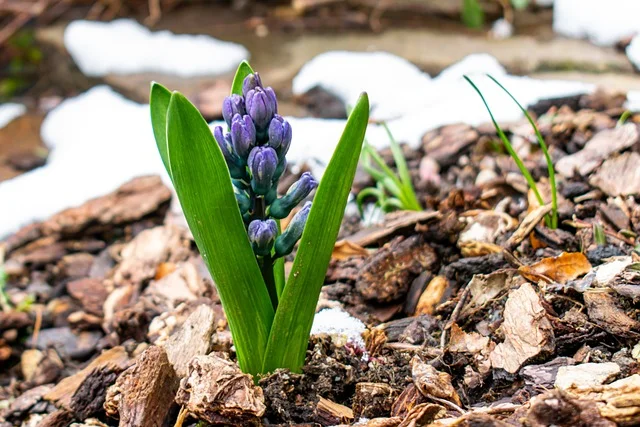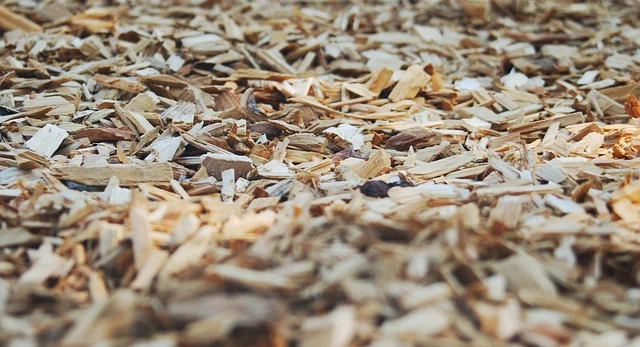Best Tips for Using Mulch Effectively in Your Garden
Table of Contents
Mulching is a simple yet powerful gardening technique that can improve soil health, help plants thrive, and reduce maintenance efforts. Here’s a guide to using mulch effectively in your garden, with tips tailored for gardens in the U.S.A.

1. Choose the Right Mulch Type
- Organic Mulch: This includes options like wood chips, shredded bark, pine needles, straw, and compost. Organic mulch decomposes over time, enriching the soil with nutrients. They’re ideal for vegetable beds, flower gardens, and landscape plants.
- Inorganic Mulch: This includes materials like gravel, stone, and synthetic fabrics. While they don’t enrich the soil, inorganic mulches are excellent for areas where you want long-lasting coverage with minimal maintenance, such as pathways or xeriscape gardens.
2. Layer Wisely
- For most applications, a layer of 2 to 4 inches of mulch is ideal. Too much mulch can prevent water from reaching the roots, while too little may not effectively suppress weeds.
- Avoid “mulch volcanoes” around tree trunks; keep mulch about 3 inches away from the base of trees and shrubs to prevent moisture buildup and root rot.
3. Consider Seasonal Needs
- In spring, apply a fresh layer of mulch after the soil has warmed up and plants are actively growing. This helps retain moisture and suppress weed growth during the peak growing season.
- In winter, mulch acts as an insulator, especially useful in colder zones of the U.S. Apply a thicker layer around the base of perennials, but be cautious not to cover plants entirely.
4. Enhance Soil Health with Compost
Before adding mulch, consider a thin layer of compost on top of the soil. This allows nutrients to leach into the ground as the mulch breaks down, enriching the soil over time. This is particularly effective in vegetable gardens and perennial beds.

5. Use Mulch for Water Conservation
Mulch can greatly reduce evaporation, especially in warmer climates. Organic mulches like straw or shredded leaves are particularly effective at trapping moisture in garden beds and reducing the need for frequent watering.

6. Replenish Regularly
- Organic mulches decompose over time, typically needing replenishment every one to two years. Check mulch depth annually to ensure it remains at optimal levels for weed suppression and moisture retention.
7. Mind Your Hardiness Zone
Mulching needs vary by U.S. hardiness zone. In warmer zones (7-11), mulching can help keep soil cooler, benefiting heat-sensitive plants. In colder zones (2-6), a thicker layer in winter can shield roots from freeze-thaw cycles.

8. Keep Weeds Under Control
- Mulch is a natural weed suppressor, but it’s still wise to remove any visible weeds before laying down mulch. Persistent weeds may require a layer of landscape fabric beneath the mulch in areas where weeds are especially tenacious.
9. Try Mulching Alternatives
- Consider experimenting with living mulches like low-growing ground covers (such as clover or creeping thyme). They add greenery and create a protective, living layer around plants while competing with weeds and keeping soil moist.
10. Mulch Around Edibles Carefully
- In vegetable gardens, opt for organic mulches that break down quickly, like straw, shredded leaves, or grass clippings. Avoid chemically treated mulch around edibles to keep your soil free from potentially harmful residues.
Conclusion
Using mulch is a simple and effective way to keep your garden healthy, conserve water, and minimize weeds. By choosing the right type of mulch and applying it with your climate and plant needs in mind, you’ll create a thriving garden space that requires less maintenance and is more resilient through the seasons.


Leave a Reply